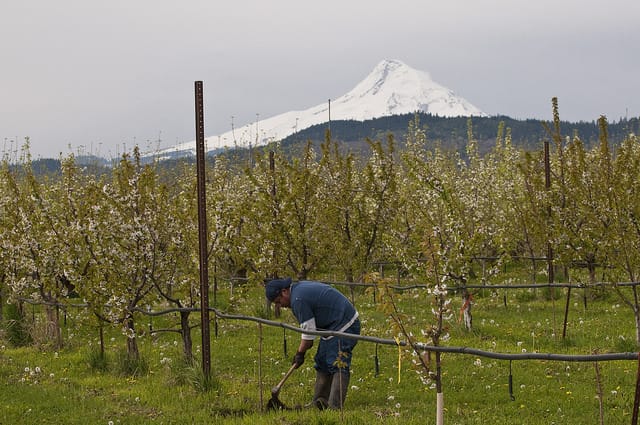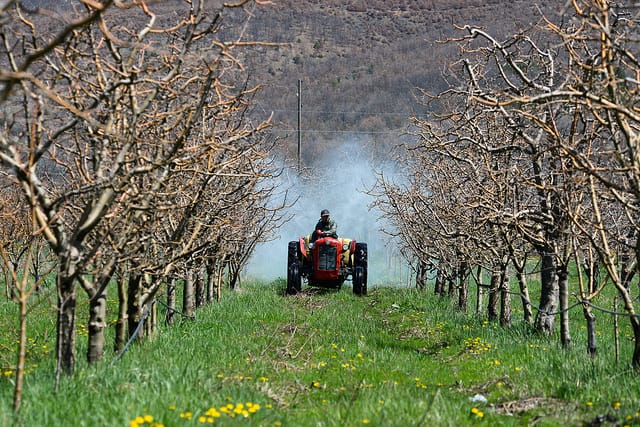Tamar Haspel’s recent opinion piece on organic versus conventional agriculture missed the handicap that organics has in documenting its many benefits to society.
Ms. Haspel suggested she was using “neutral” scientists to make an (organic) apple to (conventional) apple comparison. However, relying on the USDA, overwhelmingly committed to biotechnology and agrochemicals, or land-grant university researchers, where the primary research funding comes from conventional agricultural interests, doesn’t leave one confident that biased influences are not in-play.
 |
 |
The benefit of cover cropping, green manures, no-till techniques without toxic herbicides and the use of botanical-based insecticides that quickly break down in the environment, while doing minimal harm on non-target species and not turning up in food as dangerous residues, are clear organic benefits. But institutional bias has been a tremendous handicap in terms of garnering research funding.
There are many liabilities, related to chemical/petrochemical-based farming, Ms. Haspel didn’t cover, including the fact that the documented exponential increase in herbicide use on GMO crops (glyphosate) has now found its way into our food supply and our bloodstreams.
Many consumers are out ahead of regulatory bodies by choosing food for their families based on “the precautionary principle.” And they are choosing certified organic.
Mark A. Kastel
Senior Farm Policy Analyst
The Cornucopia Institute

